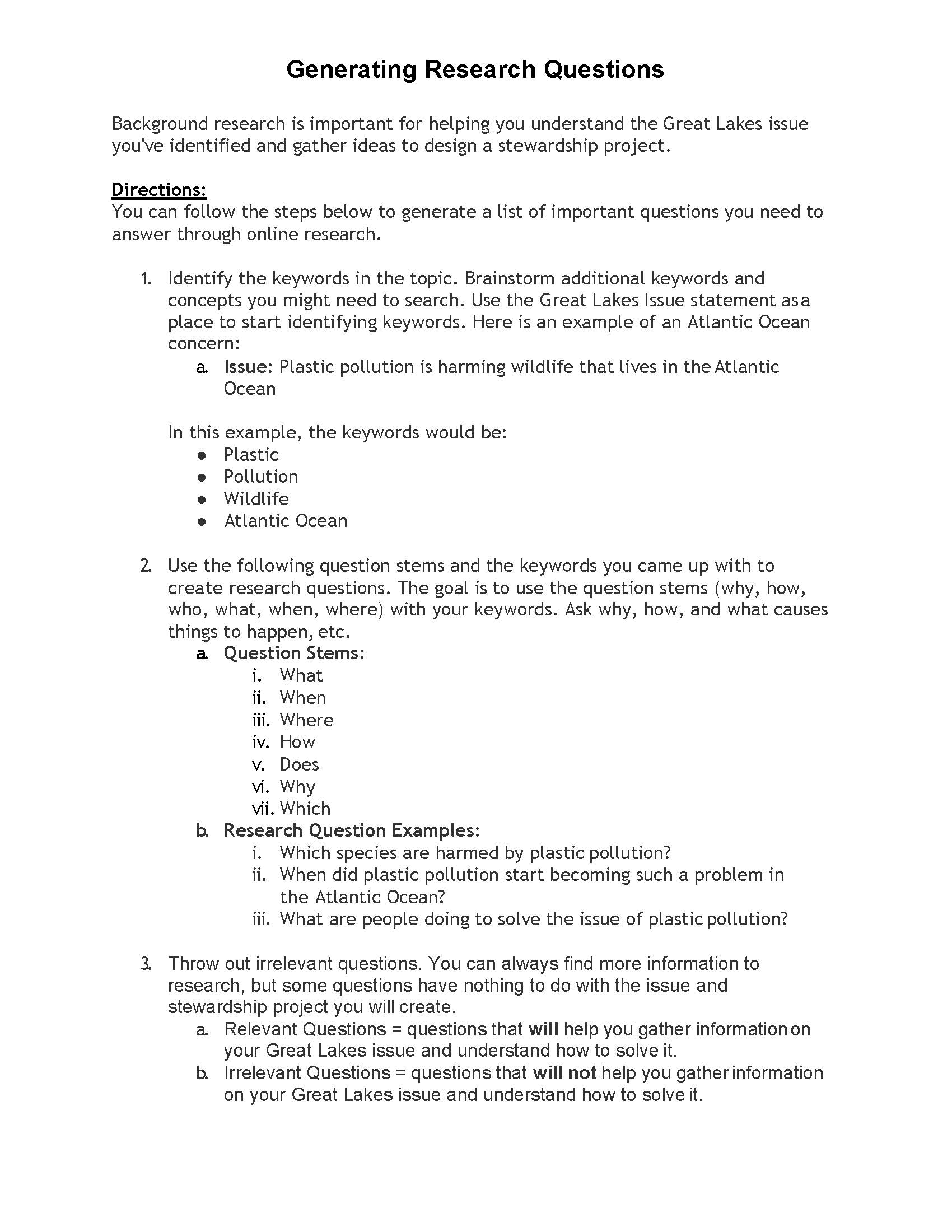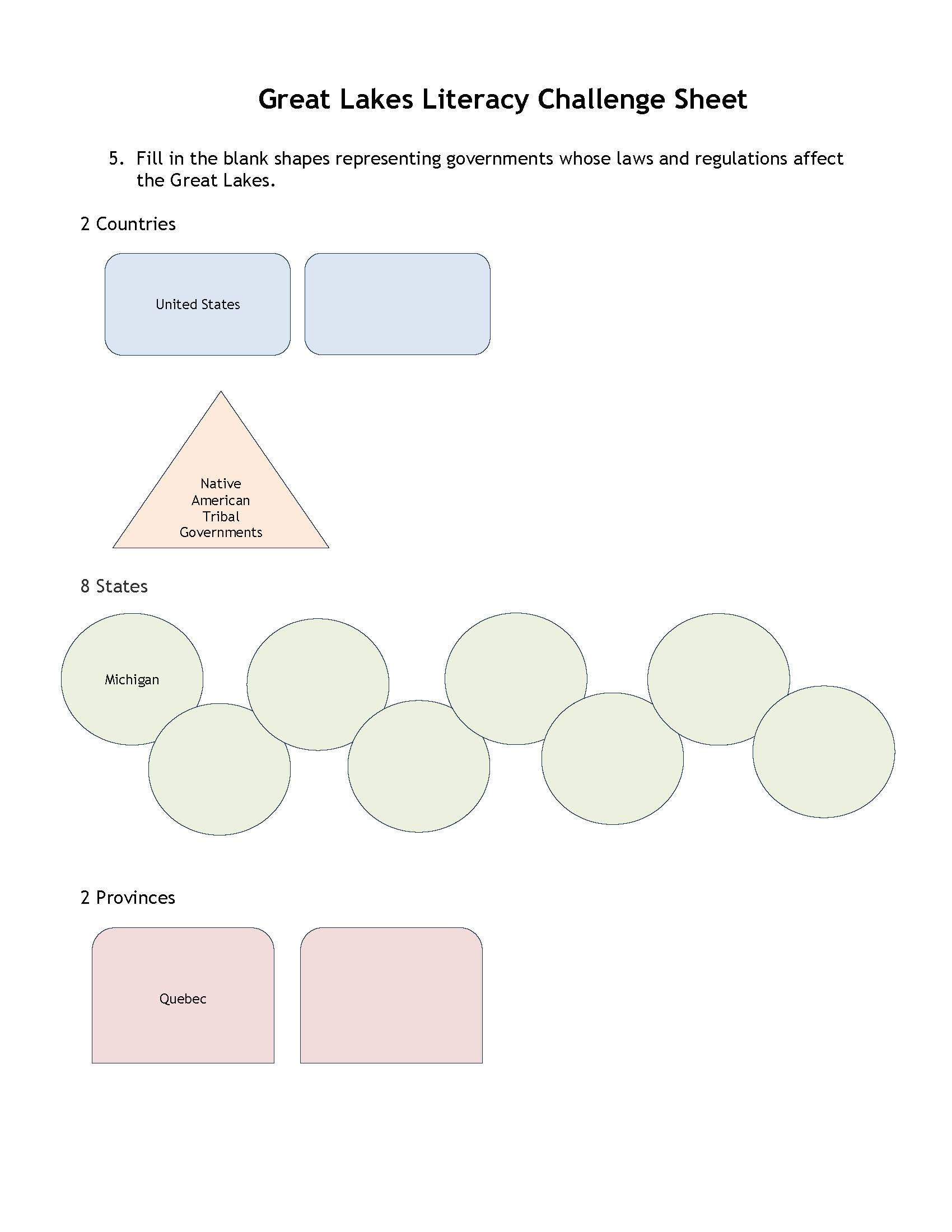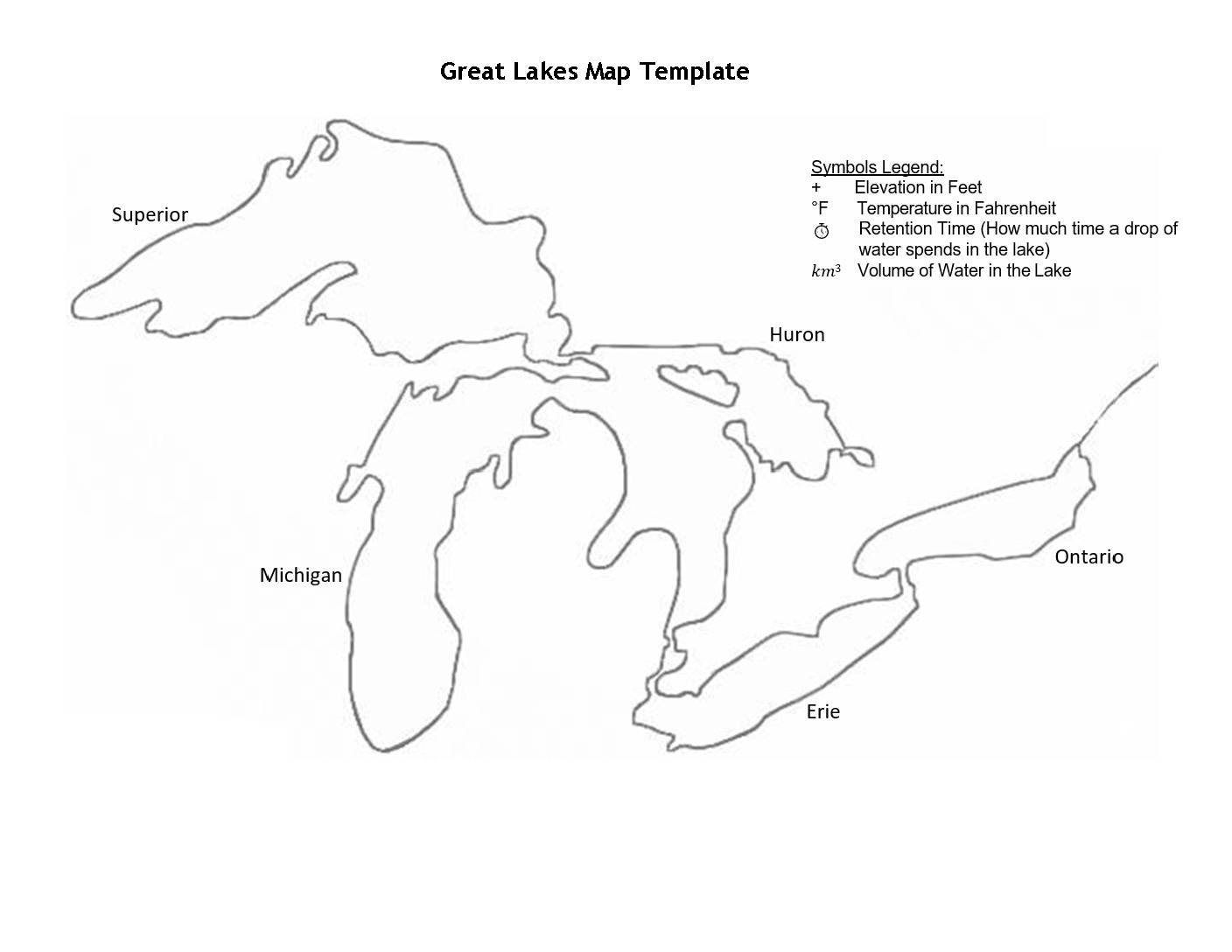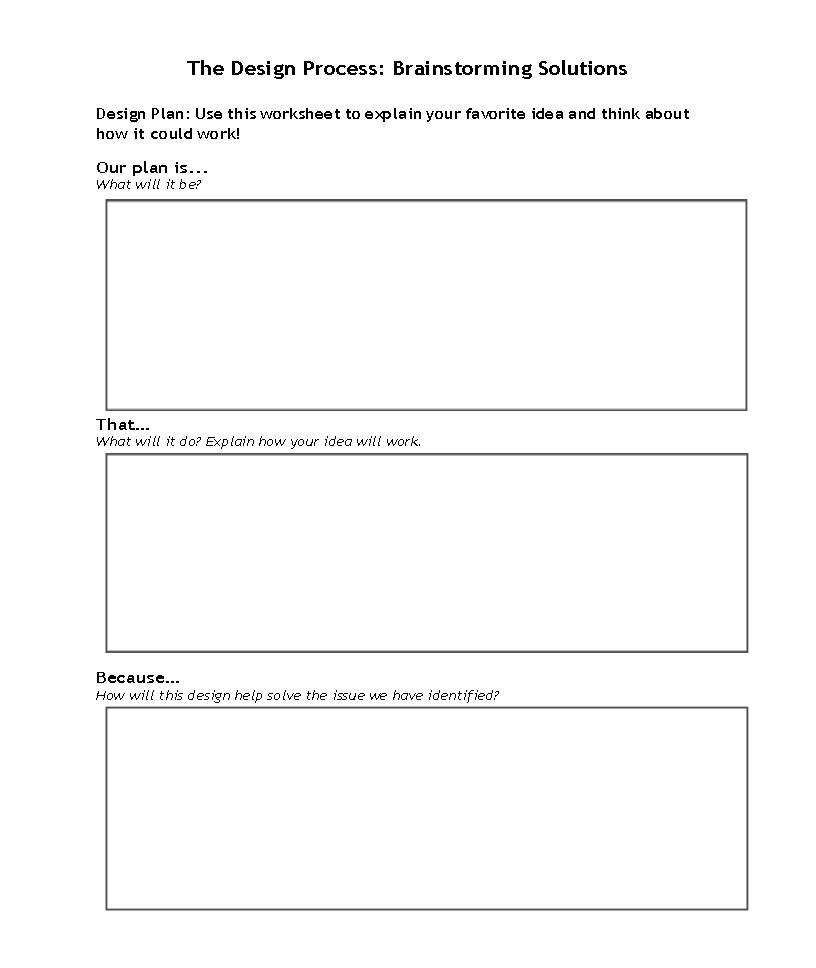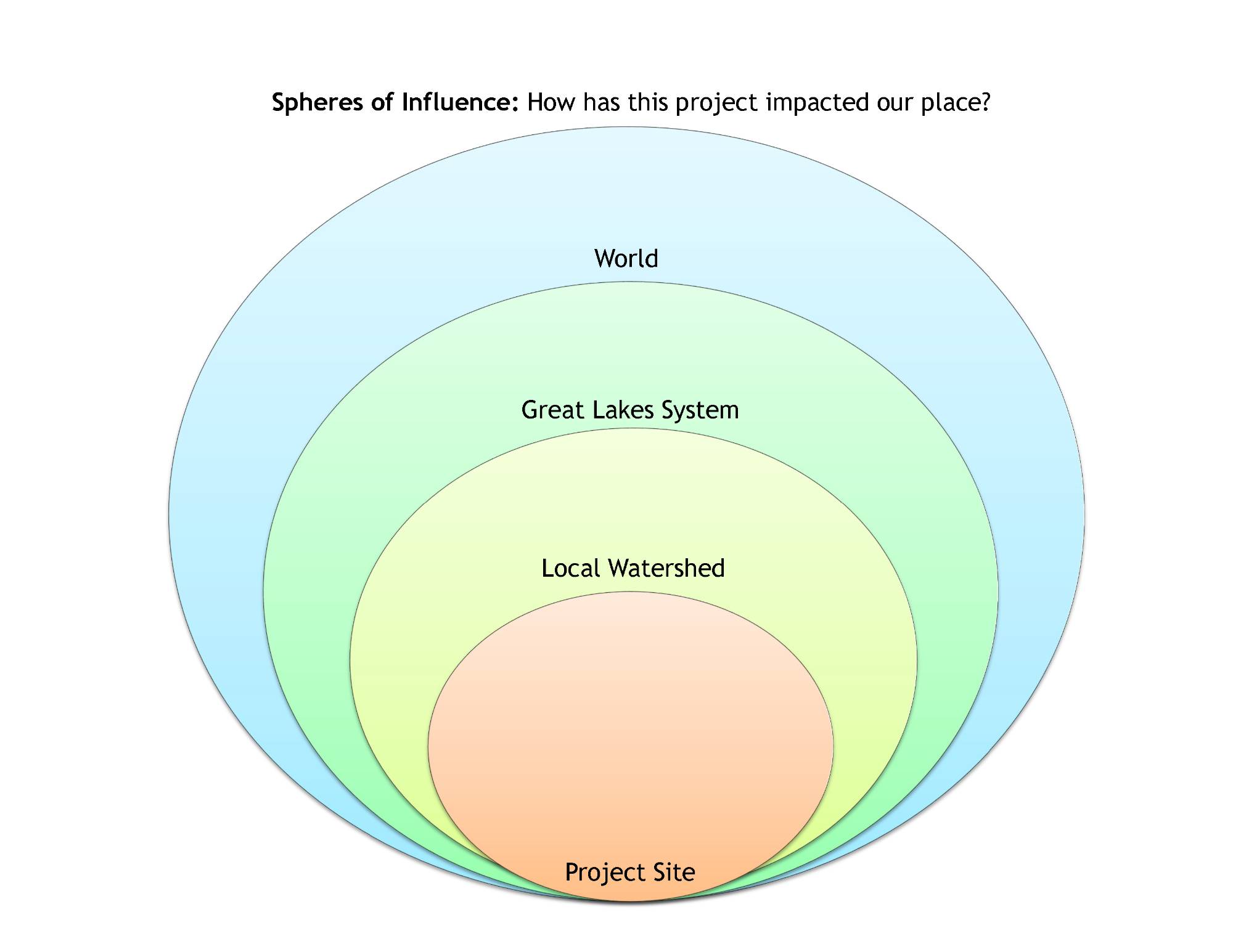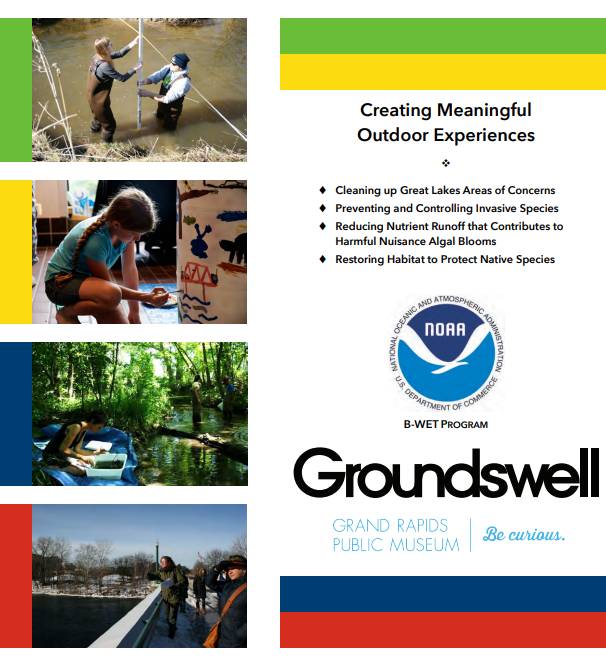Creating Meaningful Outdoor Experiences Unit



About
Designed to provide students with a Meaningful Watershed Educational Experience (MWEE) centered on the Great Lakes Watershed, this unit guides students through the process of implementing a stewardship project within their community with an emphasis on their role in the Great Lakes Ecosystem.
More About This Resource
- Grade Level: 5th through 12th
- Aligned with the Michigan K-12 Science Standards and the Michigan K-12 Social Studies Standards
As you explore this resource, you will find individual activities from the unit, accessible using the tabs to the left. You can also access the entire unit Creating Meaningful Outdoor Experiences.
Creating Meaningful Outdoor Experiences Unit Overview
Generating Research Questions
Background Research
Walk students through the process of conducting background research with activities designed to help student groups generate research questions around a Great Lakes issue.
This activity is a selection from Lesson 4 of the Groundswell Creating Meaningful Outdoor Experiences Curriculum Unit.
Issue Selection
Selecting a Great Lakes Issue
Lead students through a decision-making process to identify the Great Lakes issue they would like to address with a stewardship project.
This activity is a selection from Lesson 3 of the Groundswell Creating Meaningful Outdoor Experiences Curriculum Unit.
Introduction to the Great Lakes Literacy Principles
Introducing the Principles
Guide students through a jigsaw-style activity to familiarize them with several Great Lakes Literacy Principles.
This activity is a selection from Lesson 2.A of the Groundswell Creating Meaningful Outdoor Experiences Curriculum Unit.
Great Lakes Physical Attributes
Discovering and Mapping the Great Lakes
Students will plot various physical attributes of the Great Lakes on a map template and analyze their maps.
This activity is a selection from Lesson 2.B of the Groundswell Creating Meaningful Outdoor Experiences Curriculum Unit.
Brainstorming Solutions
The Design Process
Students participate in the design process and work collaboratively to develop an idea of how they might address their watershed issue.
This activity is a selection from Lesson 8 of the Groundswell Creating Meaningful Outdoor Experiences Curriculum Unit.
Developing an Action Plan
Including Student Voice
This lesson provides a framework for developing a stewardship project with a committed community partner, incorporating and honoring student ideas and input.
This activity is a selection from Lesson 9 of the Groundswell Creating Meaningful Outdoor Experiences Curriculum Unit.
Synthesis and Conclusions
Reflecting on the Experience
Students reflect on the experience of participating in an Environmental Action Project and the range of influence of their project, examining how local actions can have wide-ranging ripple effects.
This activity is a selection from Lesson 10 of the Groundswell Creating Meaningful Outdoor Experiences Curriculum Unit.
Creating Meaningful Outdoor Experiences Complete Unit
Explore and download the full content of the Creating Meaningful Watershed Experiences Unit, which provides a framework from the beginning to end of the process to implement a Meaningful Watershed Educational Experience (MWEE) in your classroom, emphasizing connection to students' place in the Great Lakes watershed. This hands-on unit provides place-based examples of how to meet Michigan education standards and is supplemented with Great Lakes Literacy Principles. Additional emphasis is placed on the four major focus areas of the Great Lakes Restoration Initiative (GLRI) Action Plan:
- cleaning up Great Lakes Areas of Concern
- preventing and controlling invasive species
- reducing nutrient runoff that contributes to harmful/nuisance algal blooms
- restoring habitat to protect native species.

